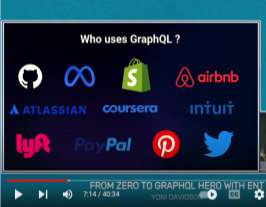Effective Concurrency in Go @ Go Israel Meetup in TLV
JFrog is a proud Community Sponsor for the Go Israel Meetup
March 30, 2023
< 1 min read
Go is built around the idea that less is more, and this philosophy is certainly true of its concurrency model. In this talk, we will take a deep dive into some elegant patterns and dangerous pitfalls when using concurrency in Go. We will rethink two structures in the context of Go’s model: the Condition-Variable and the LRU Cache. We will build both of them from the ground up, showcasing both the simplicity of Go as well as the complexity of any concurrent structure. In this talk, we will look at a live / semi-live demo where I will exhibit some concurrency ideas and “gotchas” while showcasing them using real data structures similar to the ones we actually use in our codebase.







